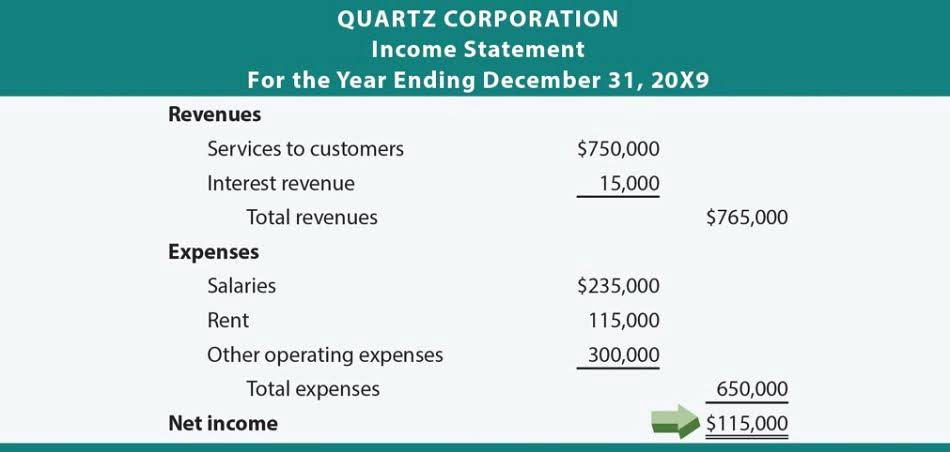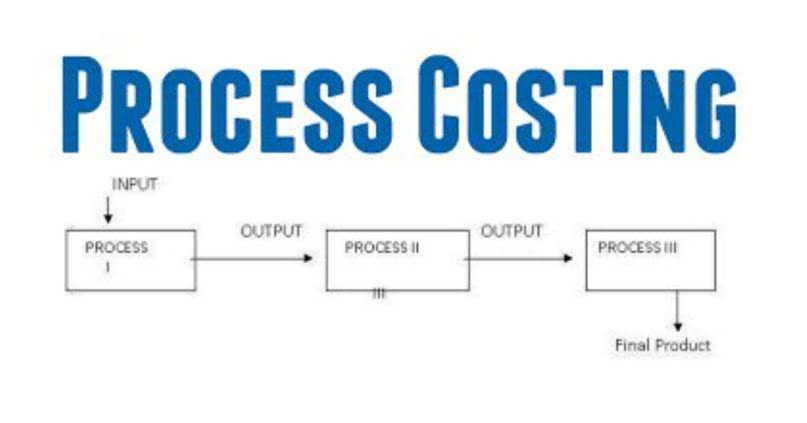
Let’s look https://x.com/BooksTimeInc at let’s go back to your accounting cycle example of Paul’s Guitar Shop. One is when it comes to accrued payroll, where you would need to make a reverse entry the following month when wages are actually paid. If you were unable to make the reversing entry, then you need still need to prepare an adjusting entry to recognize the earned portion on February 29. Frequently, reversing entries are passed to fix input errors made during the passage of any journal entry. However, reverse entries add to the workload of the individual performing the entries.

They reduce the likelihood of accounting errors

In effect, Rent Expense for 2021 is $2,000 even if the accountant debits $6,000 upon payment. This is because of the reversing entry which includes a credit to Rent Expense for $4,000. As you can see from the T-Accounts above, both accounting method result in the same balances. The left set of T-Accounts are the accounting entries made with the reversing entry and the right T-Accounts are the entries made without the reversing entry. In general, the following types of adjusting entry should have reversing entries.

What Does Reversing Entry Mean?
- According to the going concern accounting principle, previous year prepayments and accruals will be used or paid off in the following year.
- If you fail to reverse the accrual entry it will recognize the expense twice when the paid invoice posts to the ledger as an expense.
- Interest was accrued during the months of November and December on loan of $100,000 obtained on Nov 1, 20X2.
- Since the unearned revenue account already reflects the correct balance on January 1, 2024, there is no need to reverse the above adjusting entry anymore.
- Some general ledger software provides an option to create a journal entry that will automatically reverse without any additional effort on your part.
A reversing entry is a journal entry made in an accounting period, which reverses selected entries made in the immediately preceding period. The reversing entry typically occurs at the beginning of an accounting period. It is commonly used in situations when either revenue or expenses https://www.bookstime.com/ were accrued in the preceding period, and the accountant does not want the accruals to remain in the accounting system for another period. In practice, reversing entries will simplify the accounting process. For example, on the first payday following the reversing entry, a “normal” journal entry can be made to record the full amount of salaries paid as expense. This eliminates the need to give special consideration to the impact of any prior adjusting entry.
Reversing Entry for Accrued Income

Here’s why you should implement reversing entries in your small business accounting system. If the invoice amount on January 6 had been $18,250 the entire amount would be debited to Temp Service Expense and credited to Accounts Payable. The resulting debit balance of $250 in Temp Service Expense will be reported as a January expense. Since the $250 is insignificant difference from an estimated amount, it is acceptable to report the $250 as a January expense instead of a December expense.
- This leaves the original $18,000 expense in the income statement in January, but now creates a negative $18,000 expense in the income statement in February.
- The wages payable account now has a zero balance (1,500-1,500), and as expense accounts are temporary and are zeroed at the start of each month, the wages expense account now has a credit balance of 1,500 (0-1,500).
- It should be noted that whichever method is used, the financial statements for each month will be the same.
- This is also a good reason to conduct account reconciliations for all balance sheet accounts at regular intervals, which will detect unreversed entries.
- At the same time, the insurance expense account would be debited for $30,000 which corresponds to the unexpired portion.
Balance Sheet

Similar to prepaid expenses, there are also two methods for recording deferred income, also called unearned income. By this reversal entry example at the beginning of the new financial year, the effect of the previous entry will get canceled out as the reverse entry puts a negative balance in the salary expense account. Accounting software automatically numbers all journal entries so that auditors reversing entries are optional can easily track deletions. Auditors will question accounting records with missing journal entries since they could be a sign of financial malfeasance.
- In practice, reversing entries will simplify the accounting process.
- To illustrate accrued income and how to reverse it, let’s assume that you rent out apartment spaces for $1,000 per month.
- Pass the journal entries recording the actual payment of interest and receipt of rent first without reversing entries and then with reversing entries.
- The entire payment of 4,000 is posted to the rent expense account.
- To illustrate reversing entries, let’s assume that a retailer uses a temporary employment agency service to provide workers from December 15 to December 29.
- The accounting cycle is a complex process that requires precision, accuracy and an ability to follow standard procedures.